Stotra’s research program follows the triumphs and tragedies of individual lions in multiple populations to understand i) eco-evo of lion societies, ii) fission-fusion dynamics, and iii) mating strategies. Current and past research projects include a long-term behavioral and population ecology study on Asiatic lions in India, population estimation and behavior of a coastal/mangrove population of lions in Saadani, Tanzania, and a collaborative project on lions in Tsavo, Kenya. These projects adopt observational, remote and genetic approaches to study the proximate and ultimate mechanisms of lion behavior.
Peer-reviewed Articles
Chakrabarti S, Banerjee K, Jhala YV. 2023. Role of Food & Mates in Shaping Asiatic Lion Societies in Social strategies of carnivorous mammalian predators: Hunting and Surviving as Families eds. M Srinivasan & B Würsig (Springer Nature publishers)
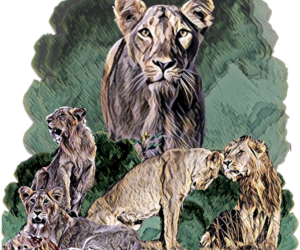
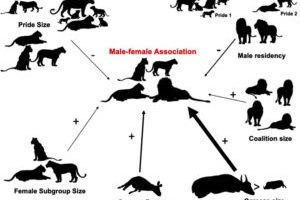
Chakrabarti S, Bump JK, Jhala YV, Packer C. 2021. Contrasting levels of social distancing between the sexes in lions. iScience
Chakrabarti S, Kolipakam V, Bump JK, Jhala YV. 2020. The role of kinship and demography in shaping cooperation amongst male lions. Scientific Reports
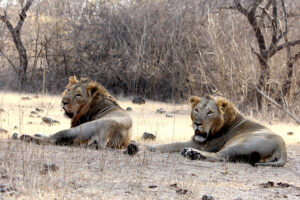
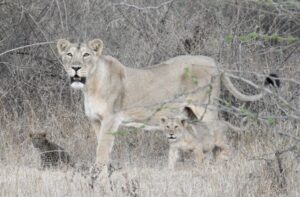
Mittal D, Chakrabarti S , Khambda SB, Bump JK. 2020. Spots and manes: the curious case of foster care between two competing felids. Ecosphere
Featured Cover Article
Chakrabarti S, Jhala YV. 2019. Battle of the Sexes: a multi-male mating strategy helps lionesses win the gender war of fitness. Behavioral Ecology
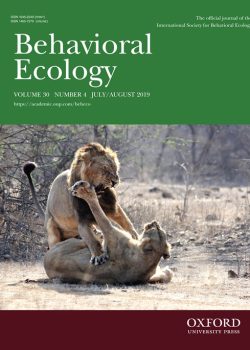
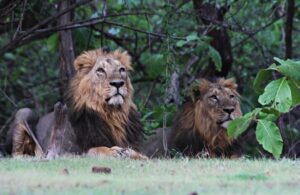
Chakrabarti S, Jhala YV. 2017. Selfish Partners: resource partitioning in male coalitions of Asiatic lion Behavioral Ecology
Popular Articles
Chakrabarti S. 2021. Social distancing: a journey to understand manes and myself. Ecological Society of America (Section Early Career Ecologist Blog).
Chakrabarti S. 2020. The Tawny Alliance. SAEVUS, Issue Dec 19 – Feb 2020 [PDF]
Chakrabarti S. 2018. Tailing the last lions of Asia. Science Outside, American Blog of Science.
